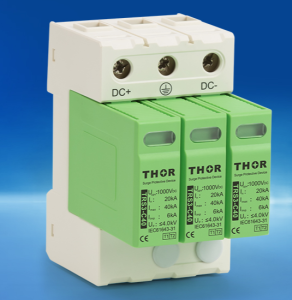The modern television is no longer just a simple entertainment unit but a complex device often integrated with various sophisticated features for a comprehensive user experience. With the high costs associated with advanced TVs, ensuring their protection from electrical anomalies is crucial. This safeguarding brings to the fore the importance of using a surge protector. Plugging a TV into a surge protector is a preventative measure that serves multiple protective functions.
Power surges, or transient voltage spikes, occur without any forewarning, caused by factors such as lightning strikes, tripped circuit breakers, or disruptions from utility companies. These surges can send increased voltage coursing through power lines, significantly affecting electronic devices plugged directly into wall outlets. Televisions, particularly, are comprised of sensitive components that can be easily damaged by any sudden spike in voltage, necessitating the buffering role of a surge protector.
When a TV is plugged into a surge protector, the device mitigates the risk of excessive electrical charge that could hit the TV's internal components. It works by redirecting the extra voltage into the outlet's grounding wire, thereby protecting the television from damage. This is particularly vital considering the intricate technology and circuitry in modern televisions, which are far more susceptible to power surges than their more robust, older counterparts.
Beyond the immediate risk of a single power surge causing irreparable damage, there is also the concern of cumulative damage. Minor fluctuations in electrical supply, which are more common than noticeable surges, can gradually degrade the internal components of a TV. Over time, this results in a shorter lifespan of the unit, poorer performance, and eventual breakdowns. A surge protector defends against these incremental harms, thereby maintaining the television’s optimal functionality and extending its operational life.

Additionally, the financial implications of not using a surge protector are significant. High-end, modern televisions come with a hefty price tag. A power surge can render these devices useless, forcing owners to face unexpected, out-of-pocket expenses for repair or replacement. Given the comparatively low cost of surge protectors, their use is a practical, preventative investment.
Furthermore, the versatility of surge protectors adds another layer of convenience. Many come with multiple outlets, allowing several devices to be plugged in simultaneously. This capability is particularly beneficial in home entertainment systems where various components, including the TV, sound system, and streaming devices, can all receive simultaneous protection from a single surge protector unit.
In view of these points, plugging a TV into a surge protector emerges as an essential practice. It's not merely about protecting the television; it's about ensuring the longevity and functionality of one's investment, convenience, and, ultimately, uninterrupted entertainment. The decision to use a surge protector should be regarded as a necessary precaution in the care and maintenance of today’s advanced televisions.
